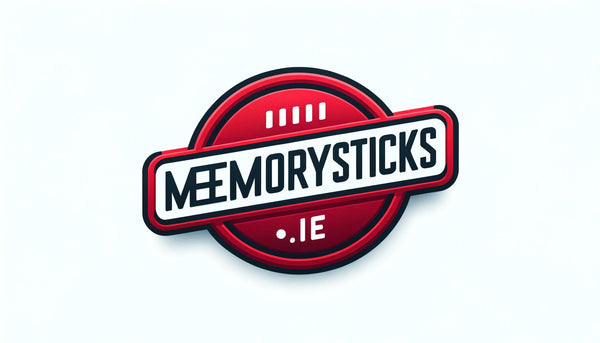Introduction
In the fast-paced digital world, the humble USB A flash drive stands as a testament to enduring utility and convenience. From the boardroom to the classroom, these compact marvels have become as ubiquitous as smartphones and laptops, ferrying data across the digital divide with ease. But not all flash drives are created equal. Today, we're diving into the riveting world of USB 2.0 and 3.0 specifications.
Section 1: The Evolution of USB A Flash Drive Technology
Once upon a time, data transfer was a slow, tedious affair. Then came the Universal Serial Bus (USB), revolutionizing how we store and transfer our digital life. The advent of USB technology marked a significant leap forward, with USB 2.0 and 3.0 standards emerging as pivotal milestones. These versions didn't just enhance speed; they reshaped our interaction with technology.
Section 2: USB A Flash Drive 2.0: Features and Performance
USB 2.0 flash drives, with their modest data transfer rates, might now seem like relics of a bygone era. But let's not scoff too hastily. Boasting compatibility with an array of devices and sufficient speed for many tasks, USB 2.0 set the stage for the universal connectivity we enjoy today. Yet, its limitations in power management and data transfer rates are palpable, prompting a quest for something faster, something better.
Section 3: USB A Flash Drive 3.0: A New Era of Speed and Efficiency
Enter USB 3.0: the superhero of the USB universe. With speeds that make USB 2.0 look like it's moving through treacle, USB 3.0 flash drives are in a league of their own. This version isn't just about speed; it's about power efficiency and backward compatibility, ensuring your device can keep up with the demands of modern technology without breaking a sweat.
Section 4: How to Identify Your USB Stick Version
So, you're staring at your USB-A flash drive, wondering whether it's a speed demon or a slowpoke. Fear not. Identifying your USB flash drive version can be as simple as observing its color-coded port or delving into its properties via your computer's software. Knowing which version you have is crucial for optimizing performance, especially when time is of the essence.
Section 5: Choosing the Right Memory Stick for Your Needs
Choosing between USB 2.0 and 3.0 isn't just a matter of speed. It's about assessing your needs, from the required pace of data transfer to the compatibility with your devices. Whether you need an 8GB stick for a quick file swap or a 64GB powerhouse for extensive media storage, the right choice ensures your digital data travels in style and efficiency.
Section 6: USB A Flash Drive 2.0 vs. 3.0: Compatibility and Usage in Real Life
The tale of USB 2.0 and 3.0 is more than just numbers; it's about real-world applications. From the everyday user backing up precious memories to the professional transferring large files, the choice between 2.0 and 3.0 can profoundly impact efficiency and convenience. But remember, the latest technology isn't always the best choice for every scenario. Compatibility and usage context matter.
Conclusion
The journey from USB 2.0 to 3.0 is a story of technological evolution, one that mirrors our insatiable desire for faster, more efficient ways to manage our digital lives. As we stand at this crossroads, the choice between USB 2.0 and 3.0 flash drives isn't just about speed; it's about selecting the right tool for our needs, ensuring our digital data doesn't just travel, but soars. Whether you opt for the reliability of 2.0 or the blistering speed of 3.0, remember, in the vast digital universe, the right USB-A flash drive is your ticket to a world without limits.

